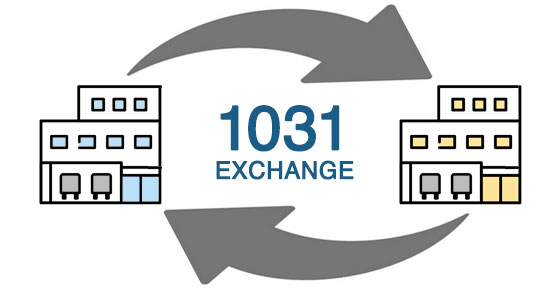The credit for increasing research activities, often referred to as the research and development (R&D) credit, is a valuable tax break available to eligible businesses. Claiming the credit involves complex calculations, which we can take care of for you. But in addition to the credit itself, be aware that the credit also has two features that are especially favorable to small businesses:
- Eligible small businesses ($50 million or less in gross receipts) may claim the credit against alternative minimum tax (AMT) liability.
- The credit can be used by certain even smaller startup businesses against the employer’s Social Security payroll tax liability.
Let’s take a look at the second feature. Subject to limits, you can elect to apply all or some of any research tax credit that you earn against your payroll taxes instead of your income tax. This payroll tax election may influence you to undertake or increase your research activities. On the other hand, if you’re engaged in — or are planning to undertake — research activities without regard to tax consequences, be aware that you could receive some tax relief.
Why the election is important
Many new businesses, even if they have some cash flow, or even net positive cash flow and/or a book profit, pay no income taxes and won’t for some time. Thus, there’s no amount against which business credits, including the research credit, can be applied. On the other hand, any wage-paying business, even a new one, has payroll tax liabilities. Therefore, the payroll tax election is an opportunity to get immediate use out of the research credits that you earn. Because every dollar of credit-eligible expenditure can result in as much as a 10-cent tax credit, that’s a big help in the start-up phase of a business — the time when help is most needed.
Eligible businesses
To qualify for the election a taxpayer must:
- Have gross receipts for the election year of less than $5 million and
- Be no more than five years past the period for which it had no receipts (the start-up period).
In making these determinations, the only gross receipts that an individual taxpayer takes into account are from the individual’s businesses. An individual’s salary, investment income or other income aren’t taken into account. Also, note that an entity or individual can’t make the election for more than six years in a row.
Limits on the election
The research credit for which the taxpayer makes the payroll tax election can be applied only against the Social Security portion of FICA taxes. It can’t be used to lower the employer’s lability for the “Medicare” portion of FICA taxes or any FICA taxes that the employer withholds and remits to the government on behalf of employees.
The amount of research credit for which the election can be made can’t annually exceed $250,000. Note, too, that an individual or C corporation can make the election only for those research credits which, in the absence of an election, would have to be carried forward. In other words, a C corporation can’t make the election for the research credit that the taxpayer can use to reduce current or past income tax liabilities.
The above are just the basics of the payroll tax election. Keep in mind that identifying and substantiating expenses eligible for the research credit itself is a complex area. Contact us about whether you can benefit from the payroll tax election and the research tax credit.











